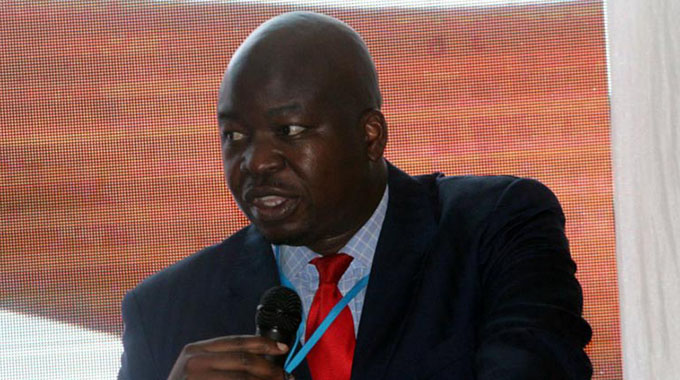Cotton output rises 95pc

Natasha Chamba Bulawayo Bureau
ZIMBABWE’s cotton output for the 2017 /18 cropping season surged 95 percent compared to the previous period driven by Government’s Presidential Input Scheme and investments by private cotton companies.
According to the Agriculture Marketing Authority (AMA), the total output for the 2018 marketing season stood at 142 761 141 kilograms as at October 26, compared to 73 141 231 kilograms achieved during same time last year.
“The total output in 2018 stood at 142 761 141 kilograms as at October 26, 2018, compared to 73 141 231 kilograms achieved same time last year. Though we are still expecting a few bales before year end, they will effect minor changes to the figures,” AMA said.
Cotton remains a strategic crop in the country considering that it is one of the major foreign currency earners in the agriculture sector after tobacco and sugar and a source of livelihoods for over 250 000 households mainly in drier parts of the country.
While a total of six companies had registered to contract cotton growers in the 2018 to 2019 season, AMA said the authority was working to attract more investors into the cotton business.
A number of investors have over the years shunned the cotton industry in the country due to low international prices.
In Zimbabwe the situation was worsened by the economic challenges in the country, which saw farmers getting as low as 50 cents per kg.
The agricultural authority said in the 2018 marketing season farmers were paid minimum prices ranging from 51,7 cents to 55 cents per kilogram before grade adjustments.
The companies, which have registered include the Cotton Company of Zimbabwe (Cottco), Southern Cotton, Alliance Ginneries, Zimbabwe Cotton Consortium, China Africa Cotton and Shawashaagri (Pvt) Ltd.
AMA went on to say Zimbabwe Cotton Consortium and Shawashaagri are new companies while Agriculture Value Chain and Grafax, which participated in contracting growers last year did not register this year.
“Cotton is a drought tolerant crop that can be grown in marginal areas. The Authority requires that contractors give farmers full input packs and extension support in order to boost productivity,” AMA said.
“Furthermore, training of cotton farmers through farmer field schools is a programme on the cotton calendar to enhance farmers and extension workers’ skills in cotton production and marketing.”









Comments